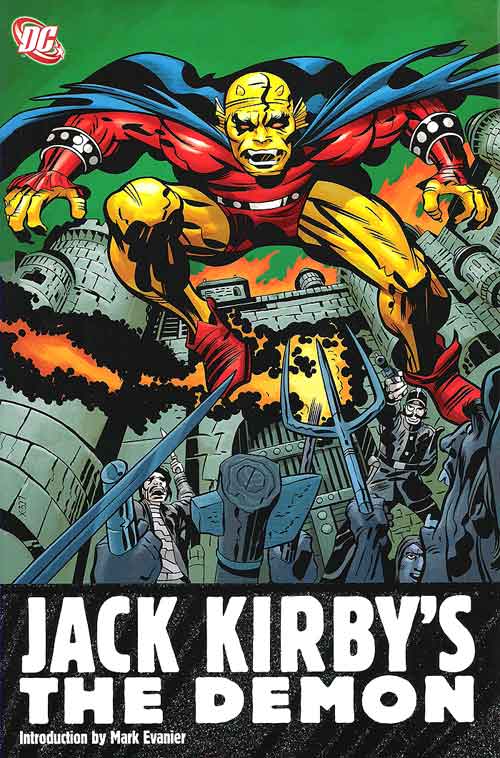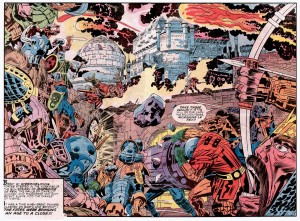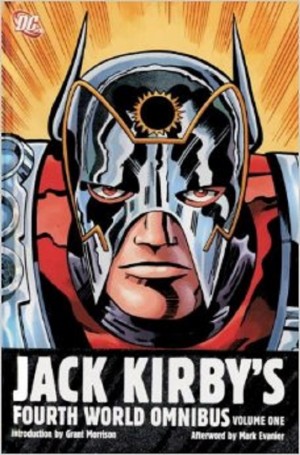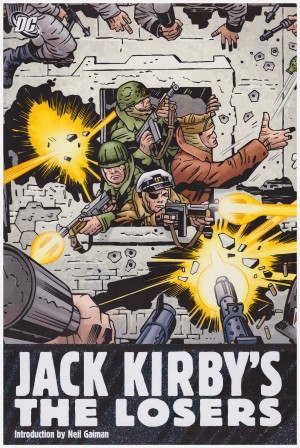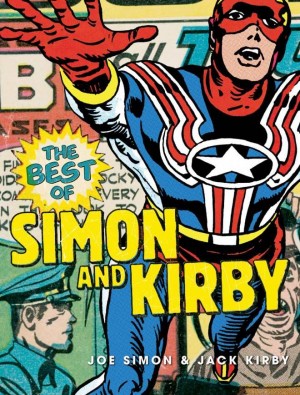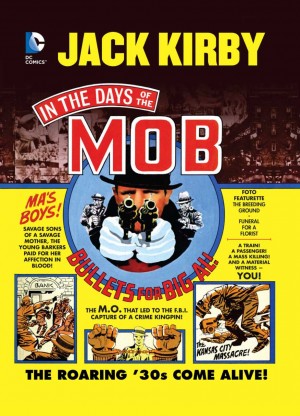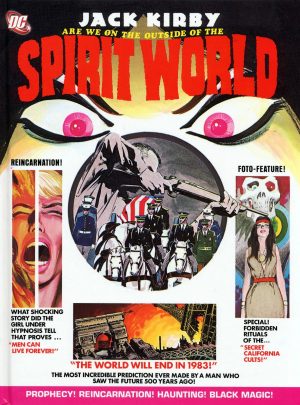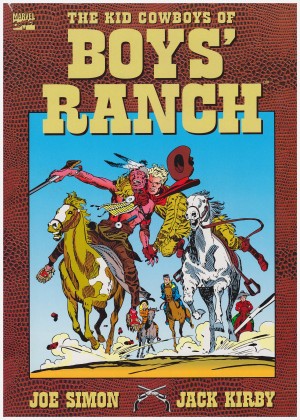Review by Rob Walton
By the time the world had popped the champagne cork on New Year’s Eve, 1970, it had been fifteen years since EC’s line of horror comics had been forced from the stands as too gruesome. By the end of the 1960s, however, culture’s mood was darkening. Superheroes were on the wane and people were ready for a good scare again. Saturday morning’s 1969 lineup heralded the debut of Scooby-Doo and the gang. The Counter Culture had made it official: Horror was groovy, man. Vampires, werewolves and ghosts were outta sight! So when DC requested some new concepts from Jack Kirby in late 1971, it was a no-brainer to ask for a horror comic.
Kirby wasn’t entirely comfortable with the style and mood of the then-current horror material like Swamp Thing. If he were to draw a horror comic, it would have to reflect his own life affirming philosophy. And that it does. The Demon delivers a breath of fiery fresh air with exciting takes on werewolves, witches, phantoms, mad scientists and their monsters that shines light in the darkness, and overcomes the most supernatural of evils.
Kirby opens with a six page prologue depicting the fall of Camelot acting both as origin story and catalyst for the series, introducing us to Merlin, Etrigan, the demon, and their immortal enemy, Morgaine Le Fey. The sequence ends with Etrigan turning into a human, and walking off into history until he is once more summoned by Merlin. The story leaps forward to 1972 where the demon’s human counterpart, demonologist, Jason Blood is on the hunt for a demon. Merlin’s summons is given, and Jason unleashes the one who waits within himself: the demon Etrigan. Morgaine le Fey is alive. The Old World is about to invade the New, and Kirby is there, poised to take advantage of it all.
Overall, The Demon provided Kirby with greater artistic inspiration than Kamandi and the visuals tend to be far more arresting, beginning with the double-page spread of Camelot’s fall. Later double page spreads show Kirby was equally masterful at portraying moments of quiet as well as action.
‘Reincarnators’ is the weak link in a generally strong series featuring a cast of memorable characters. We’re introduced to the fear monster, Ugly Meg, the Howler, and later fan favourite, Klarion, the Witch Boy before a pair of three-parters. ‘The Phantom of the Sewers’ revives Lon Chaney’s film classic by way of The Exorcist, and ‘Baron von Evilstein’ is a poignant take on the monster as victim story. After that Klarion returns, but the series closes with a whimper as Kirby tries to “wrap it up” after cancellation.
The book reproduces the art in all it’s original splendor, however, the soft white paper yellows quickly. The paper stock was immediately controversial when the first Kirby omnibus edition appeared, but DC stuck with it on all subsequent Kirby volumes. A real shame.
As with all of Kirby’s work for DC in the 1970s there is plenty to quibble with if you’re in an uncharitable mood, but overall The Demon is nothing short of being the startling epic Kirby promised the reader on the cover of issue 1. It’s a classic that inspired the likes of Alan Moore, Guillermo del Toro, and Grant Morrison, and continues to influence the DC universe to this day. The entire series was later incorporated into DC Universe: The Bronze Age Omnibus by Jack Kirby.
